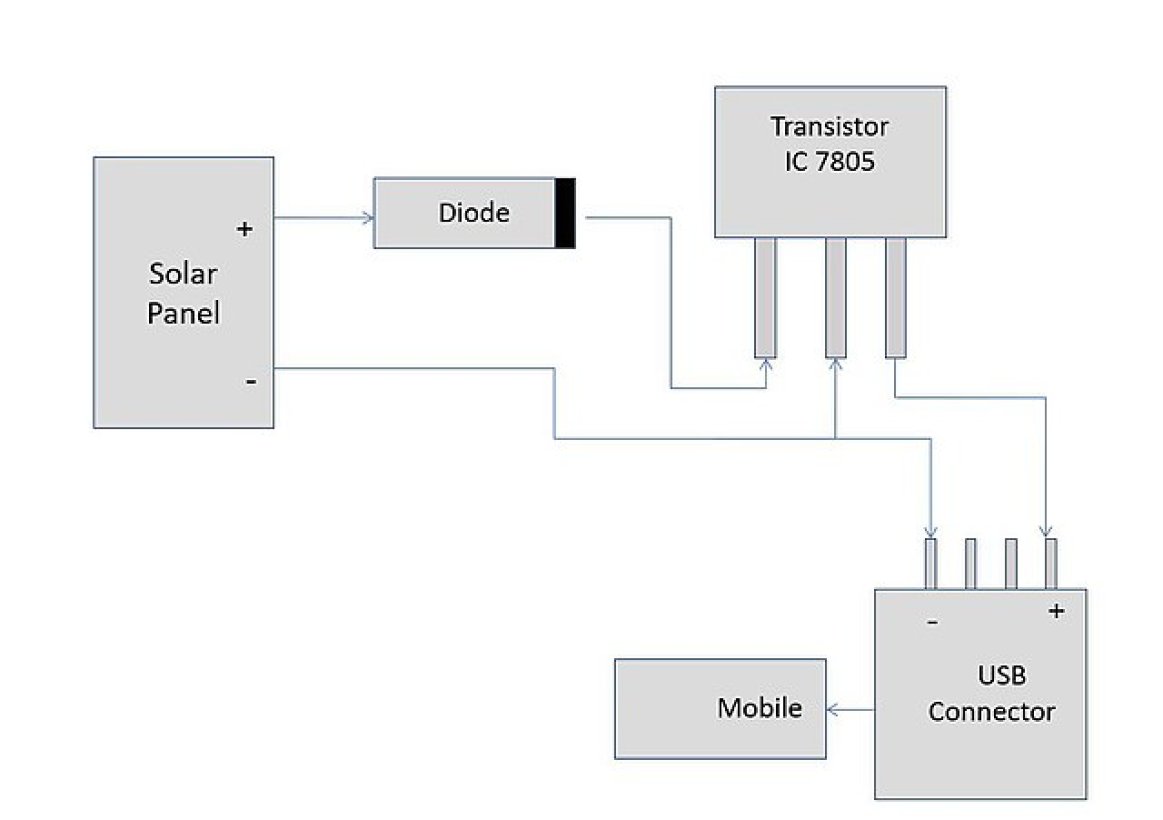
Question:
Can somebody explain to me what a blocking diode is and how it is helpful in a solar module? Also, how is it different than bypass diode?
Answer:
That's a great question. Thanks for asking!
When a diode is installed in series with a string of modules, it performs a blocking function and prevents backflow down the module string. (bypass diodes are installed in parallel)
What does it do?
- Blocking reverse flow of current from the battery through the module at night.
In battery charging systems, the module potential drops to zero at night, and the battery could discharge all night backwards through the module. This would not be harmful to the module, but would result in loss of precious energy from the battery bank. Diodes placed in the circuit between the module and the battery can block any nighttime leakage flow.
- Blocking reverse flow down damaged modules from parallel modules during the day.
Blocking diodes placed at the head of separate series wired strings in high voltage systems can perform yet another function during daylight conditions. If one string be comes severely shaded, or if there is a short circuit in one of the modules, the blocking diode prevents the other strings from loosing current backwards down the shaded or damaged string. The shaded or damaged string is “isolated” from the others, and more current is sent on to the load. In this configuration, the blocking diodes are sometimes called “isolation diodes”.
Here are some resources:
A solar cell is also a diode. May be helpful to look at How Solar Cells Work Once the electron is raised to a higher level of energy by a photon and passes through the P-N junction in a solar cell, it cannot go backwards - this produces current - in one direction.